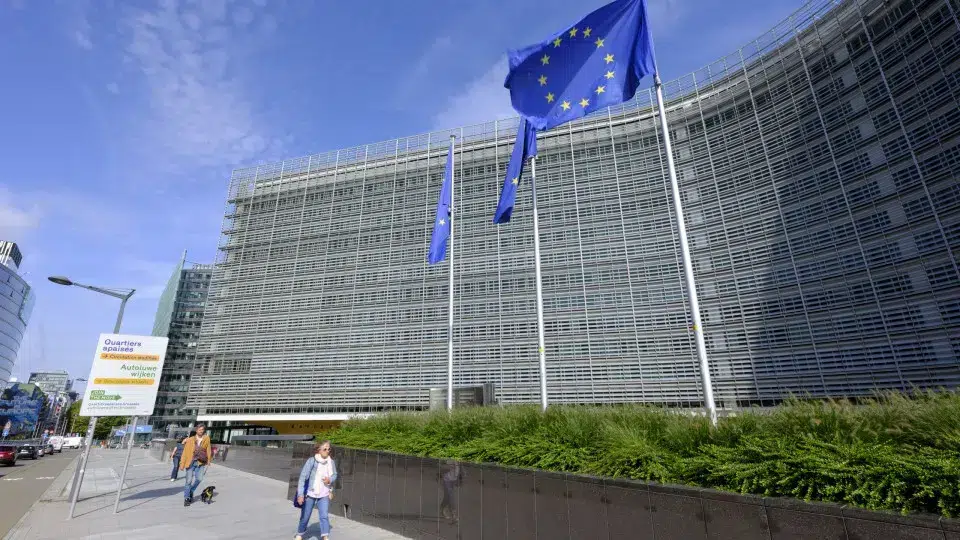
European Commissioner for Economy, Valdis Dombrovskis, expressed satisfaction with the European Central Bank (ECB) Council’s decision to proceed with the next phase of the digital euro project. Dombrovskis highlighted on social media platform X that the European Union leaders, in their recent agreement, view the digital euro as a strategic opportunity to bolster a competitive and resilient European payment system.
The ECB announced plans for the first issue of the digital euro in 2029, contingent upon the necessary legislation being enacted. Meeting in Florence, Italy, the central bank explained that the final decision of the ECB Council on whether and when a digital euro will be issued will be made after the legislation is adopted.
If European legislators approve the regulation for introducing the digital euro in 2026, the ECB could conduct a pilot project and initial operations as early as mid-2027.
The ECB and national central banks should be prepared for a potential initial issuance of the digital euro in 2029, the monetary institution added.
According to the central bank of the single currency, the need for a public digital payment method to complement cash is becoming increasingly urgent as the number of cash payments declines.
Total development costs, including both external and internal components, are estimated to reach 1.3 billion euros until the first issuance in 2029.
Post-2029, annual operational costs are expected to be approximately 320 million euros, with the ECB and national central banks absorbing these costs, similar to their current responsibilities for the production and issuance of euro banknotes, which, like the digital euro, are considered a public good.
The digital euro is set to complement physical cash, offering advantages such as simplicity, privacy, reliability, and availability throughout the eurozone.




